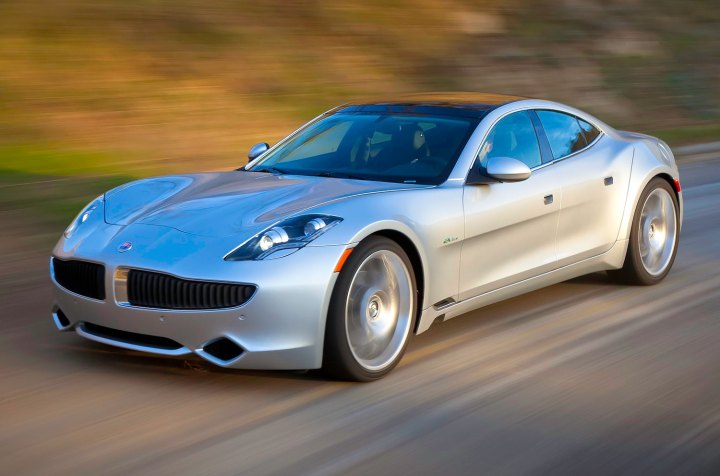
Wanxiang hopes to restart production next year with only minor changes to the existing design, Reuters reports.
Last produced in 2012, the Karma will return to showrooms almost entirely unchanged, partially so that Wanxiang won’t have to put it through safety testing again, the report says.
It’s also likely that the new owner doesn’t want to invest too much time or money in rebooting the Karma, especially considering how quickly it hopes to get the car back into production.
The extended-range electric powertrain, which uses a four-cylinder gasoline engine to charge the batteries in much the same manner as the Chevrolet Volt, will probably remain unchanged.
Nonetheless, Wanxiang claims the new Karma will have “noticeable upgrades.” Some tech upgrades may be necessary just to keep up with the rapid pace of the field.
Related: Wanxiang to partner with VL Automotive on V8-powered Fisker Karma
During its brief time in production, the Karma was plagued by build-quality issues, and received mixed reviews from the automotive press.
Production was halted in 2012 and things declined from there until Fisker declared bankruptcy last year. Its assets were purchased by Wanxiang at auction.
That troubled past could have repercussions for the Karma’s future.
Some of Fisker’s old suppliers are reportedly still angry over losses suffered during the carmaker’s disintegration. Many built specialized facilities to produce parts for the Karma, and have since scrapped them.
The new Karma will once again be built in Finland by Valmet Automotive, although U.S. production may start at a later date. Fisker owns a former General Motors plant in Delaware, and its utilization was one of the factors in Wanxiang’s successful bid.
The Chinese company hopes to restart production by February, 2015, but given all of Fisker’s bad karma (no pun intended) so far, don’t be surprised if it misses the deadline.


